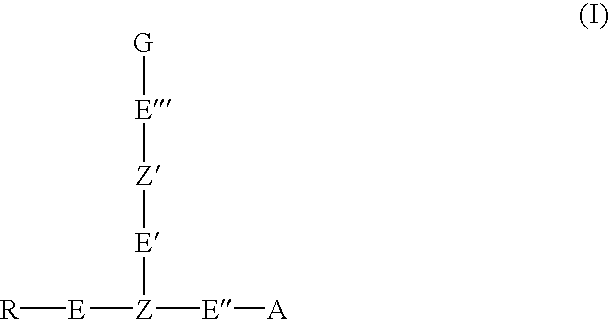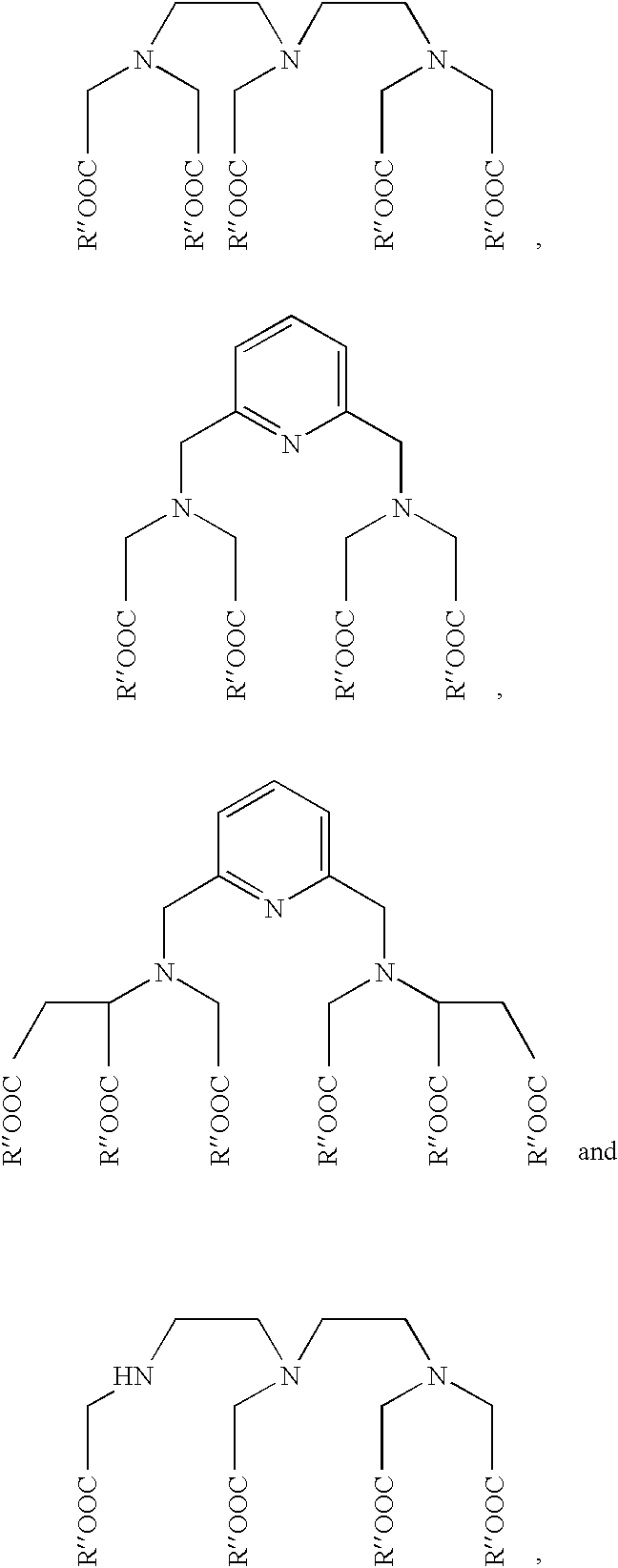Oligonucleotide labeling reactants based on acyclonucleosides and conjugates derived thereof
a technology of oligonucleotide labeling and reactants, which is applied in the field of oligonucleotide labeling reactants based on acyclonucleosides and conjugates derived thereof, can solve the problems of tethering the interaction of the base moieties often weakening, and affecting the purification of these analogues,
- Summary
- Abstract
- Description
- Claims
- Application Information
AI Technical Summary
Benefits of technology
Problems solved by technology
Method used
Image
Examples
example 1
[0083] The synthesis of (S)-1-(2,3-O-isopropylidene-2,3 dihydroxypropyl-3-benzoyluracil (1)
[0084] N3-Benzoyluracil (4.0 g, 18.5 mmol), S-solketal (3.2 g, 24.0 mmol) and triphenylphosphine (5.80 g, 22.0 mmol) were dissolved in dry THF (40 mL). Diethylazodicarboxylate (3.50 mL; 22.0 mmol) was added in five portions during 15 min, and the mixture was stirred at room temperature for additional 2 h. After concentration in vacuo the product was purified on silica gel (eluent diethyl ether). Yield was 5.3 g (86%). .sup.1H NMR (CDCl.sub.3) S: 7.94 (1H, d, J 7.5); 7.66 (1H, m); 7.45 (2H, m); 7.35 (2H, d, J 8.1); 5.5.82 (1H, d, J 7.5); 4.38 (1H, m); 4.07 (2H, m); 3.71 (2H, m); 1.46 (3H, s); 1.35 (3H, s).
example 2
[0085] The synthesis of (S)-1-(2,3-O-isopropylidene-2,3-dihydroxypropylura-cil (2)
[0086] Compound 1 (6.8 g) was suspended sat aq. ammonia and stirred at ambient temperature for 2 h after being concentrated in vacuo and purified on silica gel (eluent 5% methanol in dichloromethane v / v). .sup.1H NMR (CDCl.sub.3) .delta.: 9.77 (1H, br); 7.84 (1H, d, J 5); 5.72 (1H, d, J 5); 4.40 (1H, m); 411 (2H, m); 3.73 (2H, m); 1.43 (3H, s); 1.34 (3H, s). (MS, EI.sup.+) 226. The purified compound contained 1 eq of benzamide, as judged on .sup.1H NMR and MS analyses. Benzamide: .sup.1H NMR (CDCl.sub.3) .delta.: 7.48 (3H, m); 7.32 (2H, d, J 8); 6.13 (2H, br); (MS, EI.sup.+) 121.
example 3
[0087] The synthesis of (S)-1-(2,3-O-isopropylidene-2,3-dihydroxypropyl-3--(N6-trifluoroacetamido-hexyl)uracil (3)
[0088] Compound 2 (2.50 g, 11.05 mmol); N6-trifluoroacetamidohexan-1-ol (2.6 g, 12.16 mmol) and triphenylphosphine (3.19 g, 12.16 mmol) were suspended in dry THF (20 mL). DEAD (1.92 mL) was added in four portions during 15 min, and the mixture was allowed to stirr overnight at ambient temperature. After concentration purification was performed on silica gel (eluent 3% methanol in dichloromethane v / v). .sup.1H NMR (CDCl.sub.3) 8, 7.27(1H, d, J 7.9); 6.69 (br t); 5.73 (1H, d, J 7.9); 4.38 (1H, m); 4.11 (2H, m); 3.94 (2H, t, J 7.0); 3.69 (2H, m); 3.35 (2H, q, J 6.4); 1.66 (4H, m); 1.42 (3H, s); 1.40 (4H, m); 1.34 (3H, s).
PUM
| Property | Measurement | Unit |
|---|---|---|
| Digital information | aaaaa | aaaaa |
| Structure | aaaaa | aaaaa |
| Luminescence | aaaaa | aaaaa |
Abstract
Description
Claims
Application Information
 Login to View More
Login to View More - R&D
- Intellectual Property
- Life Sciences
- Materials
- Tech Scout
- Unparalleled Data Quality
- Higher Quality Content
- 60% Fewer Hallucinations
Browse by: Latest US Patents, China's latest patents, Technical Efficacy Thesaurus, Application Domain, Technology Topic, Popular Technical Reports.
© 2025 PatSnap. All rights reserved.Legal|Privacy policy|Modern Slavery Act Transparency Statement|Sitemap|About US| Contact US: help@patsnap.com



